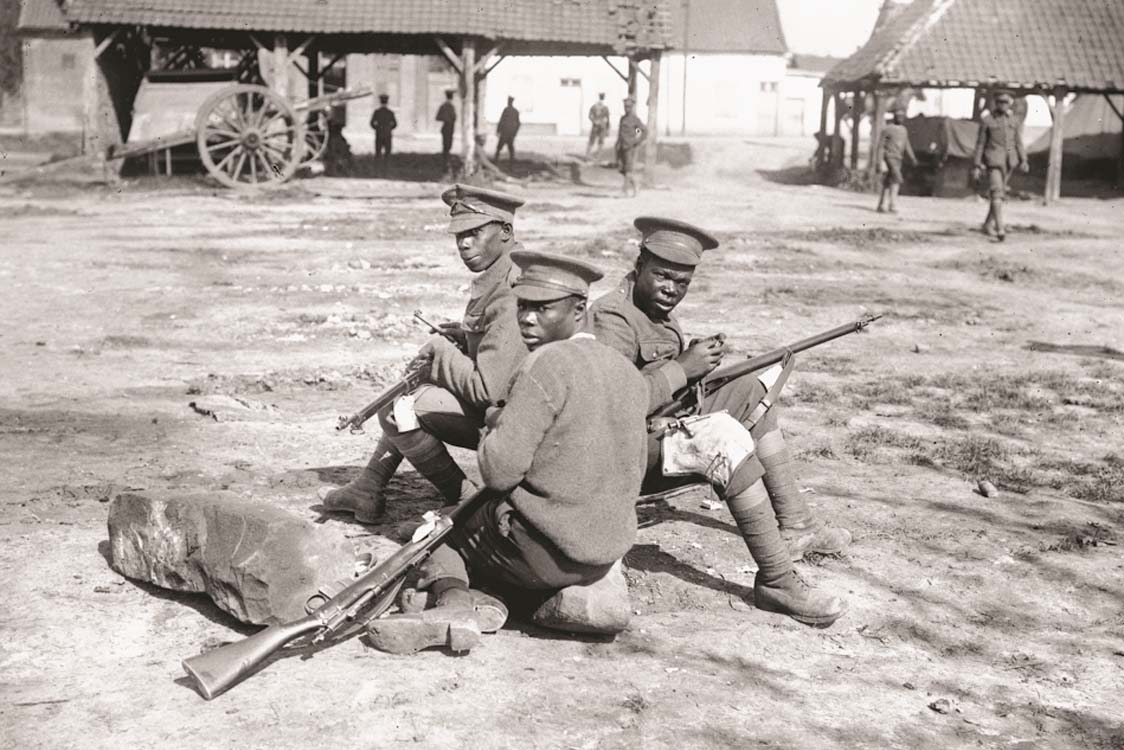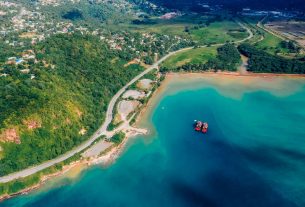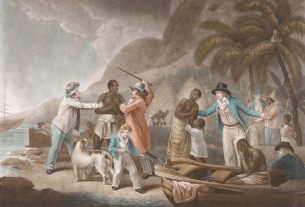1914
During the 1600s and 1700s enslaved Africans were taken against their will to fight alongside British soldiers, but the former usually carried the latter’s ammunitions, etc, but were not allowed to carry loaded guns. The practice ended in 1795 when West India Regiments, comprising mainly of black soldiers, were formed because they were seen as being more capable of withstanding the tropical climate. There were many battalions within the West India Regiments deployed in the colonies to maintain order, to quell riots and rebellions. Also, they fought for Britain in the conquests of African colonies.
The first and second West India Regiments were called to action during the World War 1 winning battles in Cameroon, Togo, East Africa, Egypt, and Palestine. Battalions of the British West Indies Regiments (BWIR), newly formed in 1914, served the British in East Africa, Egypt, Palestine, Jordan, France and Italy. In WWI and WWII, there were more Caribbean soldiers per population than elsewhere in the British Empire. There was a mutiny of the BWIR 9th Battalion in Italy in December 1918; their complaint was ‘racism’.
WWII saw thousands of Caribbean servicemen and women volunteering to fight on the front line, and the home front in Britain. A small number remained in the UK after the war ended in May 1945. Very many servicemen and women were among the 500 or more migrants who disembarked at Tilbury Docks, Essex, on 22 June 1948, having travelled on the ship Empire Windrush; it was the dawn of multi-cultural Britain.




